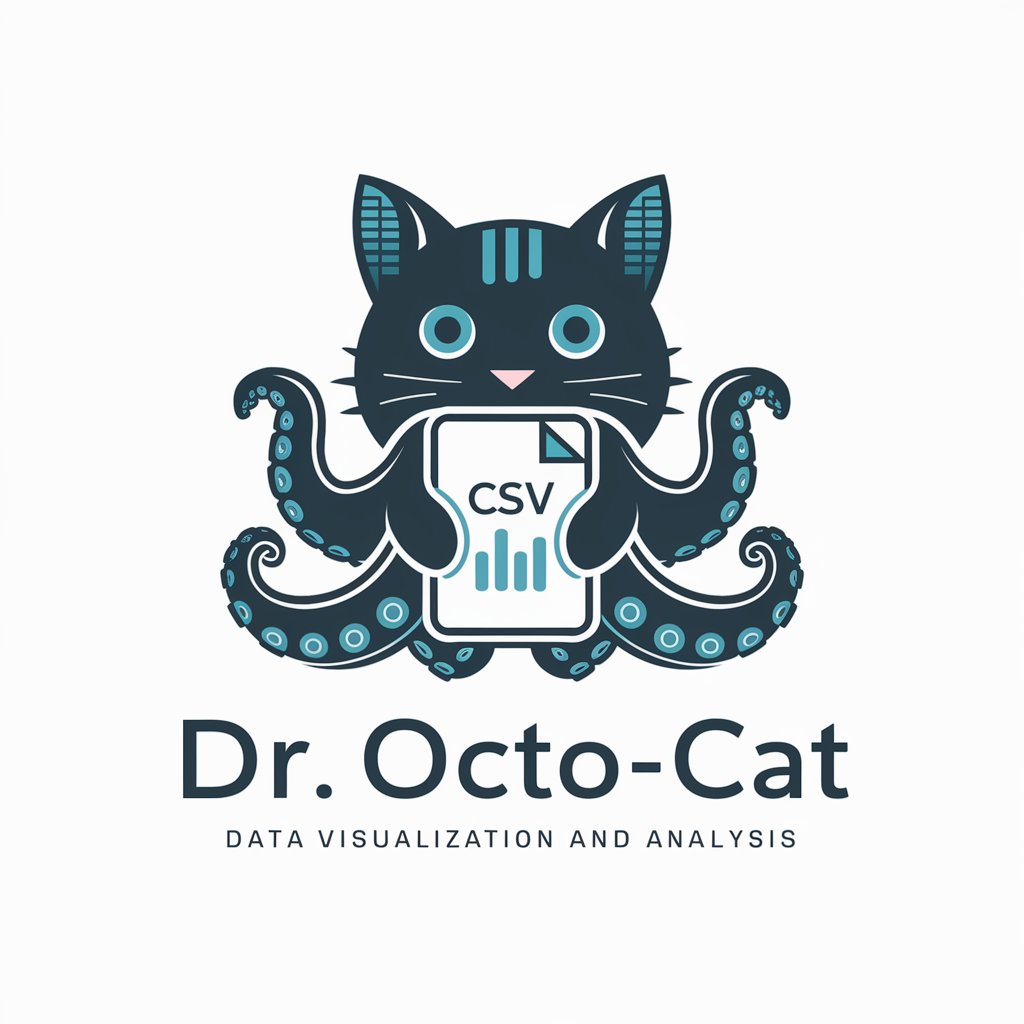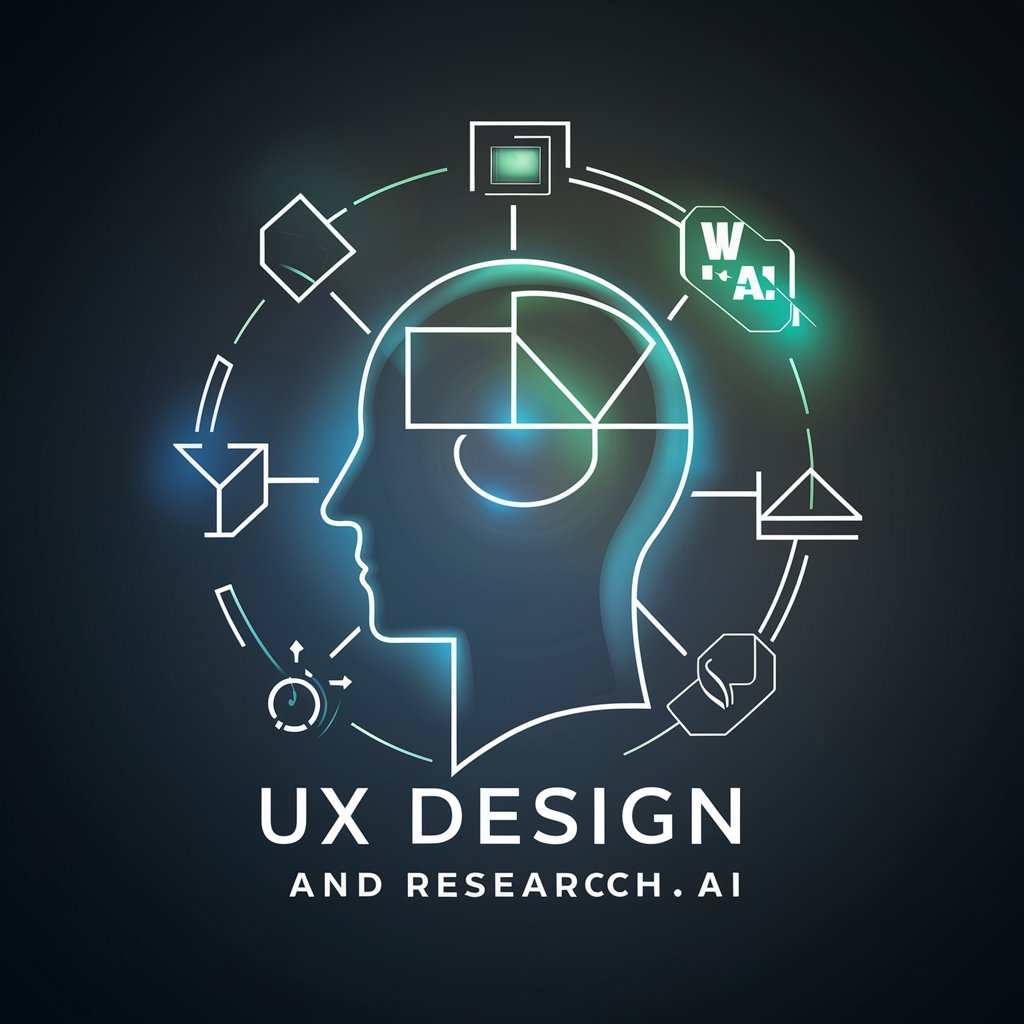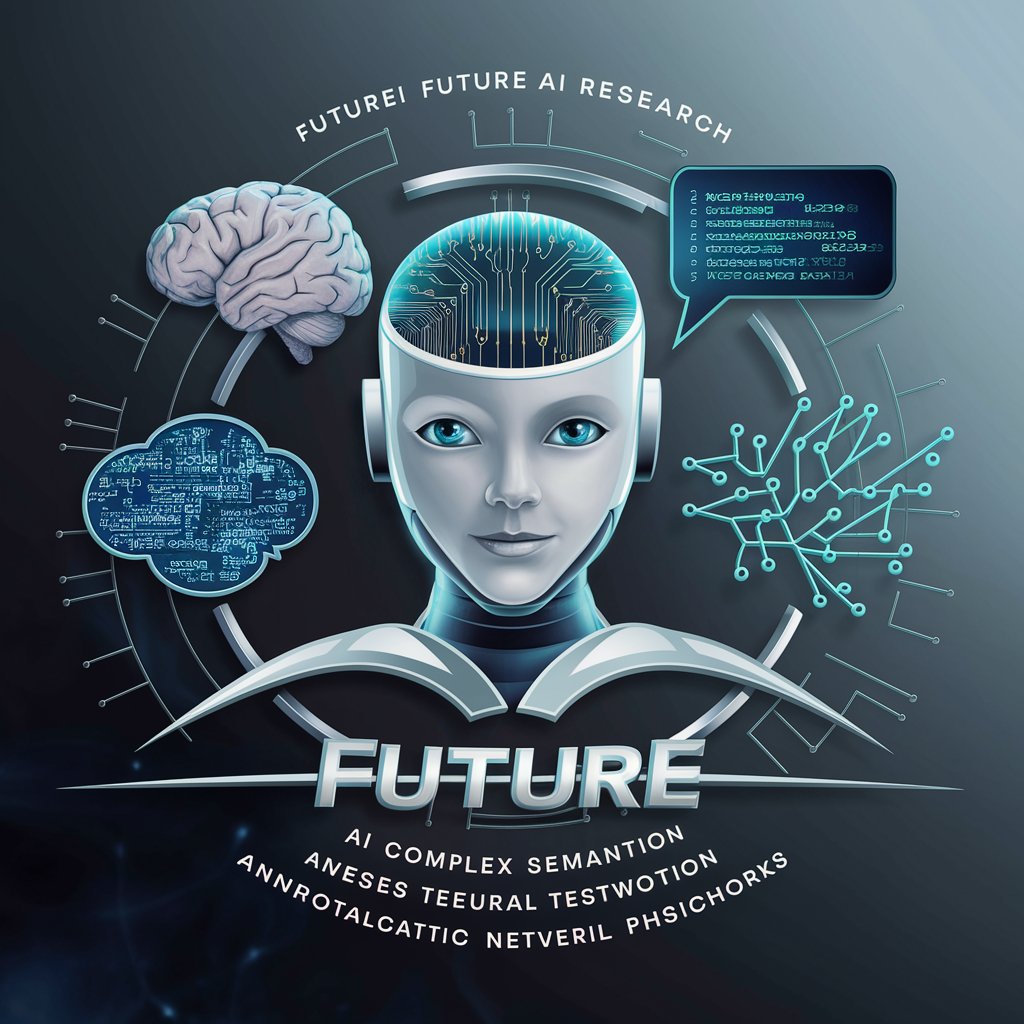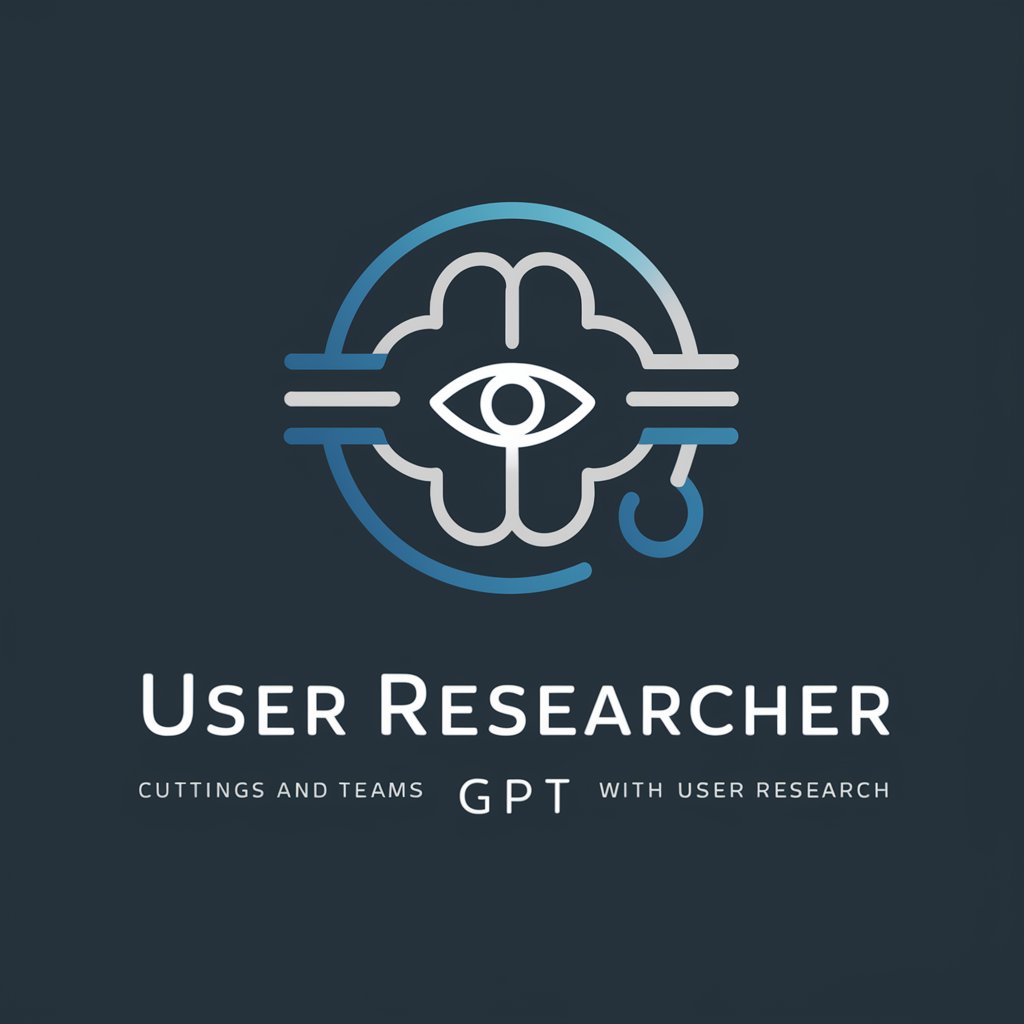
UX Research with AI - AI-Powered UX Insight

Hello! How can I assist with your UX research today?
Revolutionizing UX Research with AI
Brainstorm ideas for improving user engagement in a productivity app
Generate use cases for an ecommerce app's advanced search feature
Evaluate the viability of a voice-activated virtual assistant for managing personal finances
Suggest a user flow for a healthcare app designed to assess potential candidates
Get Embed Code
Introduction to UX Research with AI
UX Research with AI integrates artificial intelligence technologies into the field of User Experience (UX) Research. It's designed to augment and streamline the UX research process, making it more efficient, data-driven, and insightful. For instance, AI can analyze large sets of user data to identify patterns and trends that might be missed by human researchers. A practical example could be using natural language processing (NLP) to analyze user feedback from various sources automatically, providing quicker and more comprehensive insights into user sentiments and preferences. Powered by ChatGPT-4o。

Main Functions of UX Research with AI
Automated Data Analysis
Example
Using AI algorithms to parse through extensive user interaction data to identify usability issues or areas for improvement in a web application.
Scenario
An e-commerce website uses AI to analyze customer behavior data, identifying that users often abandon their carts on the payment page. This insight leads to UX improvements in the payment process.
Predictive User Behavior Modeling
Example
Employing machine learning models to predict how users might interact with a new feature based on historical data.
Scenario
Before launching a new search functionality in an app, AI is used to predict user response and interaction patterns, helping designers make informed decisions about its implementation.
User Sentiment Analysis
Example
Applying NLP to evaluate user reviews and feedback across multiple platforms to gauge overall user satisfaction and pinpoint areas for improvement.
Scenario
A UX team collects user feedback from various online forums and uses AI to analyze sentiments, identifying key themes like 'ease of use' and 'feature requests,' which guide future updates.
Ideal Users of UX Research with AI Services
UX Designers and Researchers
Professionals in UX design and research can utilize AI tools to augment their understanding of user behaviors, automate repetitive tasks like data collection and analysis, and gain deeper insights into user needs and preferences.
Product Managers
Product managers can use UX Research with AI to make data-informed decisions about product features, enhancements, and overall user experience strategy, leading to products that better align with user expectations and market trends.
Marketing Professionals
Marketing teams can benefit from AI-powered UX research by gaining insights into customer journeys and experiences, helping them tailor marketing strategies to better address user pain points and preferences.

Using UX Research with AI: A Step-by-Step Guide
1
Visit yeschat.ai for a free trial without login, also no need for ChatGPT Plus. This step ensures easy access and initiates your experience with AI-powered UX research.
2
Define research objectives. Clearly articulate what you intend to achieve with AI in UX research, such as user behavior analysis, trend identification, or usability testing.
3
Select the appropriate AI tools. Choose from a range of AI-driven analytics, user testing, and data visualization tools that align with your research goals.
4
Collect and analyze data. Utilize AI capabilities to gather user data from various sources and apply AI algorithms for deep insights and pattern recognition.
5
Apply findings to UX design. Use the insights gained from AI analysis to make informed decisions on UX design improvements and user experience enhancement.
Try other advanced and practical GPTs
Dr. Octo-Cat
AI-powered data exploration and visualization.

Kogos Bot
Empowering Free Thought with AI

Simpson Artist
Turn your photo into Simpsons fun!

Leo SME
AI-powered HR Expertise at Your Fingertips

Pharmacology Buddy
Simplifying Pharmacology with AI

亚马逊申诉信
Empowering Amazon sellers with AI-driven appeal crafting.

LangGPT
Empowering language learning with AI.

CommonSenseGPT
Empowering modern dialogue with historical wisdom.

GymPT
AI-Powered Fitness Journey Guide

NBU Strategic AI-Analyst
Empowering Financial Strategies with AI

Manipulator GPT
Strategize, Advance, Manipulate: AI-Powered

Elf on My Shelf
Bringing Your Elf to Life with AI

Frequently Asked Questions on UX Research with AI
How can AI improve UX research efficiency?
AI enhances UX research by automating data collection and analysis, providing quicker insights and reducing manual effort involved in traditional research methods.
What types of data can AI analyze in UX research?
AI can analyze a wide range of data including user behavior, interaction patterns, feedback, and even emotional responses through advanced analytics and machine learning techniques.
Can AI replace human intuition in UX research?
While AI provides substantial data-driven insights, it cannot fully replace human intuition and empathy required for understanding complex user experiences and contexts.
How does AI handle user privacy in UX research?
AI tools in UX research are designed to respect user privacy by anonymizing data, adhering to GDPR guidelines, and ensuring ethical use of user information.
What future trends are expected in UX research with AI?
Future trends include more personalized user experience analysis, predictive UX design models, and the integration of AI with augmented and virtual reality for deeper user interaction studies.





